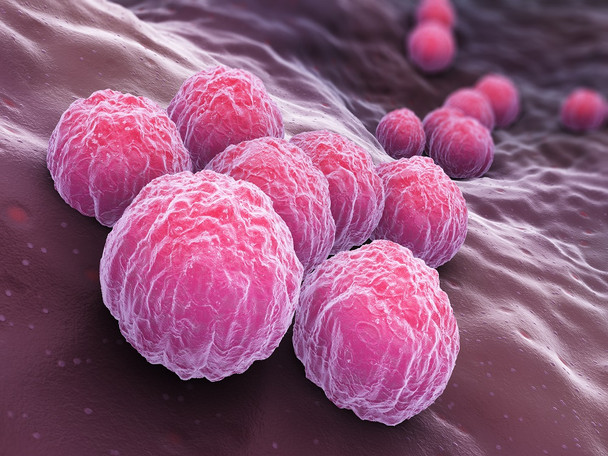Description
CHLAMYDIA TRACHOMATIS ANTIGEN
Chlamydia trachomatis antigen is propagated to maximum density in McCoy cells under Category 2 safety conditions. Infected cells are carefully washed and disrupted into buffered saline (PBS), subjected to 3 freeze/thaw cycles and centrifuged to remove cellular debris. Chlamydia antigen production is scalable from 10 mL to several litres and is optimised by the multiplicity of infection and by harvesting time.
Inactivation is by heat treatment and the addition of triton x-100 to render products non-infectious and improve stability. All preparations are tested as not infectious by double passage on McCoy cell under optimal growth conditions.
PRODUCT DETAILS – CHLAMYDIA TRACHOMATIS ANTIGEN
- Native Chlamydia trachomatis antigen presented in liquid format
- Heat-treated and added to 0.05% Triton X-100
- Tested for non-infectivity in McCoy cells
BACKGROUND
Members of the genus Chlamydia are obligate intracellular gram-negative bacteria that belong to the family Chlamydiaceae. Three species of Chlamydia are known to be pathogenic to humans including Chlamydia trachomatis (C. trachomatis), Chlamydia pneumoniae (C. pneumoniae) and Chlamydia psittaci (C. psittaci). Chlamydia trachomatis strains are divided into three biovars, which are further divided into fifteen serovars A, B, Ba, serovars C-K and serovars L1-L3. Chlamydia trachomatis serovars A-C cause eye infections known as trachoma. Serovars D-K are responsible for bacterial sexually transmitted genital tract infections in women and men. Chlamydia trachomatis serovars L1, L2 and L3 are responsible for a condition known as Lymphogranuloma venereum (LGV) (Elwell, C).
In women, C. trachomatis infects the cervix which may lead to cervicitis. However, 70-80% of women with C. trachomatis genital tract infection remain asymptomatic. In 10% of cases, the bacterium can infect the upper genital tract leading to pelvic inflammatory disease, scarring of the Fallopian tubes, ectopic pregnancies and infertility. C. trachomatis can also be transmitted to babies born to infected untreated mothers during childbirth, causing conjunctivitis or pneumonia. C. pneumoniae infects the lungs causing a type of atypical pneumonia. The bacteria can be spread via airborne droplets from person to person and through close contact with infected individuals. Primary infection typically occurs in children, but re-infection can occur later in adult life (CDC).
C. psittaci infection primarily affects birds such as parrots, parakeets, doves and pigeons causing the disease psittacosis. C. psittaci can be transmitted to humans that come into close contact with birds through exposure to bird faeces and inhalation of respiratory particles from infected birds. In humans, C. psittaci infection causes an acute respiratory disease with flu-like symptoms (GOV.UK).
REFERENCES
- Elwell C, Mirrashidi K, Engel J. 2016. Chlamydia cell biology and pathogenesis. Nat Rev Microbiol. Jun;14(6):385-400.
- Centers for Disease protection and Control; Chlamydia pneumoniae infection
- GOV.UK: guidance; Psittacosis











